I am going to get myself into a lot of trouble with this post, but here goes.
As an American who lived most of his life in urban areas (Chicago, San Francisco) I’ve been extremely spoiled when it comes to eating. I’ve sampled foods from all around the world without leaving town. I remember my first experience with Indian food when I was nine. The Indian family down the street took us out for dinner to their favorite spot. It was very different from the Cincinnati chili we’d eat at least once a week (and yet, Rogan Josh always reminds me of Cincinnati chili). Picking my dad up from the Greater Cincinnati Airport (located in Kentucky) usually meant a trip to the Golden Wok, where I learned to eat highly Americanized Sweet & Sour Chicken with chopsticks (and that I was born in the year of the Pig). At least once a week we’d eat at a Mexican restaurant, ranging from Chi-Chi’s franchised Tex-Mex to moderately authentic, locally-owned joints.
In college, my horizons really got broadened, with my first Japanese and Ethiopian experiences. Then Thai after college. When I moved to Berkeley in 1997, it was a different country every night, including Vietnamese, Laotion, Spanish tapas, noodles from every part of Asia, chaat, sushi, and even Brazilian pizza.
The point is, I was suuuuh-poiled! I lived alone for years in a place where I could take my pick from a vast assortment of dining options. I carried on this way until moving to Japan in 2020.
There’s plenty to like about Japanese food, even for someone like me, who isn’t really a fan of seafood. Ramen? Katsu? Udon? Tempura? Curry? Gyoza? Omurice? Teppanyaki? Oh hell yeah! Even some sushi sounds good most of the time (oddly, I can eat fish raw much easier than cooked).
But the thing is, after regularly enjoying a wide range of flavors and spices, standard Japanese flavors start to get a little tedious. So much is shoyu- or dashi-based. If I find yuzu kosho on the table I get very excited. After a while, I really start to crave the spices of South American or South and East Asian cooking.
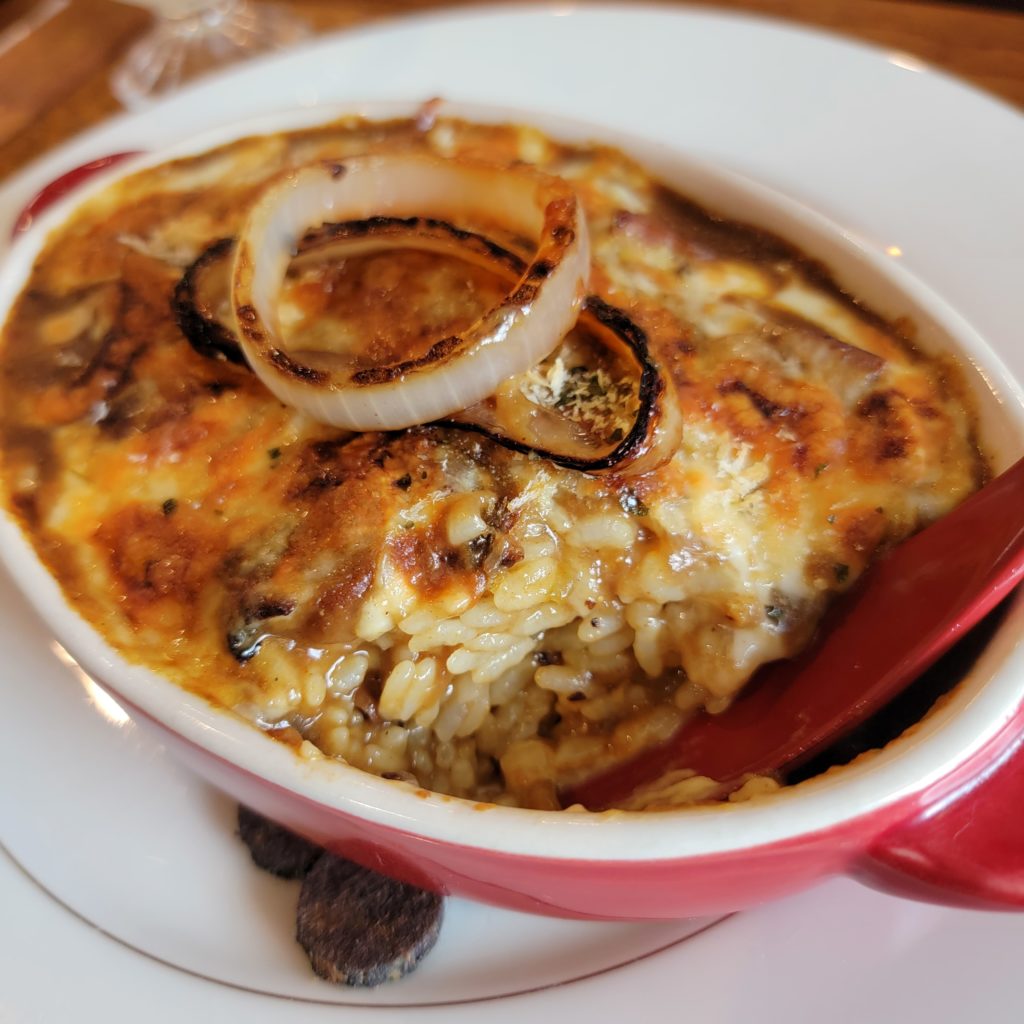
My wife says my palate is underdeveloped because it’s been Flavor-Blasted by so much American junk food. Maybe she’s right. I don’t see the appeal of many traditional Japanese foods we’re served when staying at ryokan or onsen.
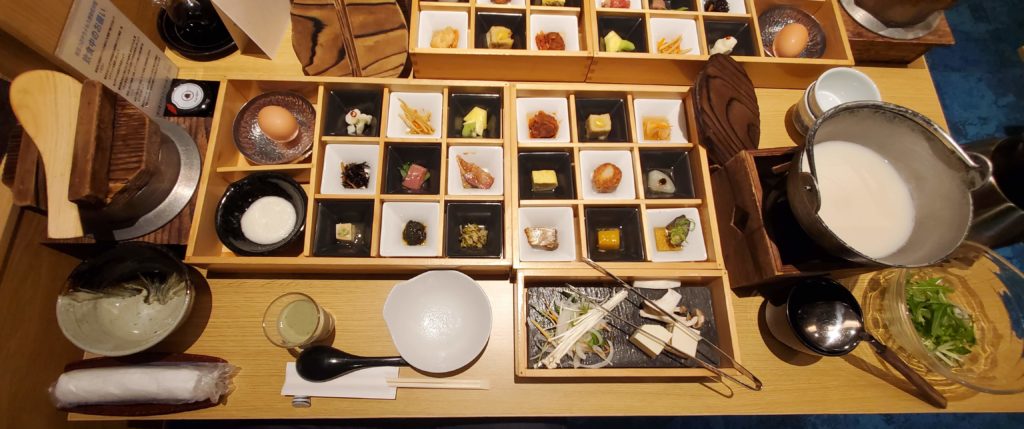
So, when I pass by a Nepalese curry joint or Thai place, I tend to look longingly at it. Especially as there’s not much in the way of international fare in the little city of Kasuga.
Today, my wife and I were going to head out to one of our regular spots for lunch (technically my dinner, since I tend to go to bed around 5 pm). But, as I was very busy with work, I suggested that the 25-minute drive (each way) was too much, so I suggested we try the Sri Lankan place she’d just told me about the day before.
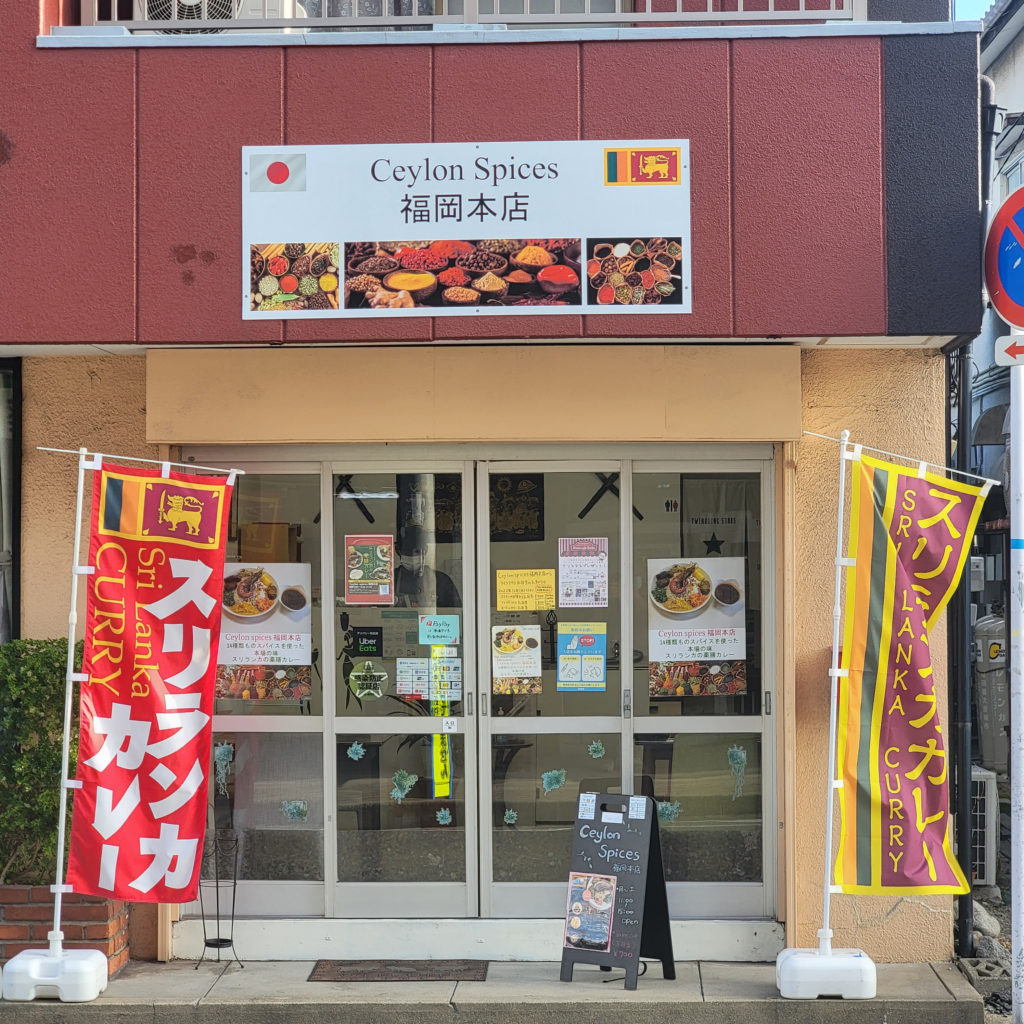
“Ceylon Spices” is just a 10-minute walk from home, and it’s somehow been here a year without me seeing it.
The interior isn’t much. Only four tables and not a lot of ambiance.
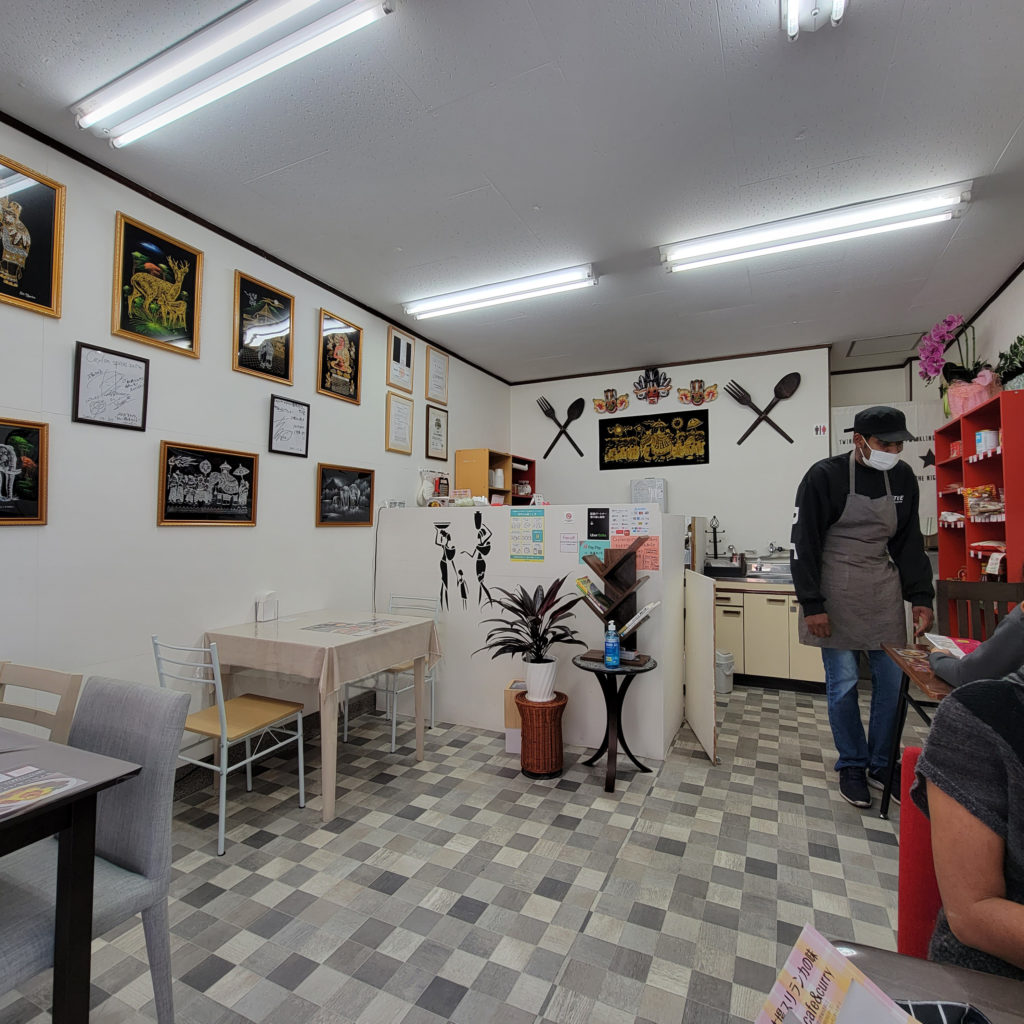
But lord…the food. The food is fresh and so full of flavor. Spices aside, the flavors have a depth that I crave. And the powerful hit of the spices just left me craving more. Every bite was treasured. The sweetness of the dried, shredded coconut played so well with the spicy curry and complex soup that was used as another sauce.
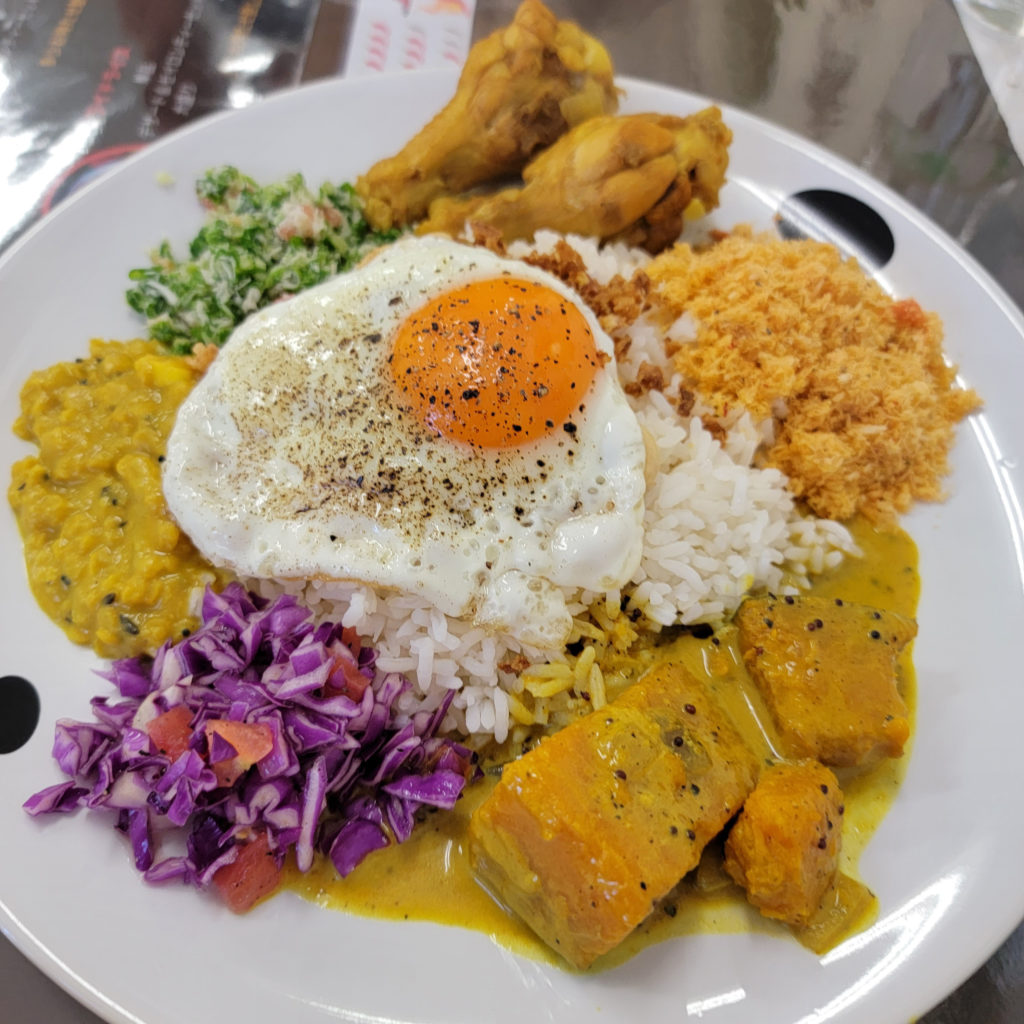
Even the pumpkin was full of flavor and mixed so well with the minced herbs. I lingered over the memory of this dish for an hour after we’d left. But the beautiful thing is that I can walk here again (between 11 am and 3 pm) any weekday and relive the experience.
Yes, I get a little tired of the sameness of Japanese flavor profiles, but as long as I can get myself around one of these Sri Lankan Plates of the Day from time to time, I’ll be just fine.
